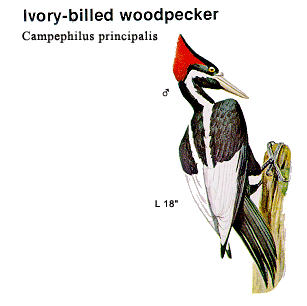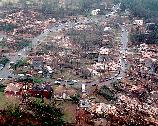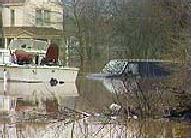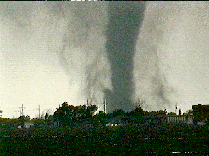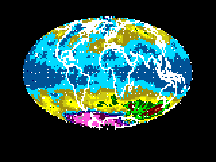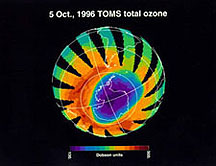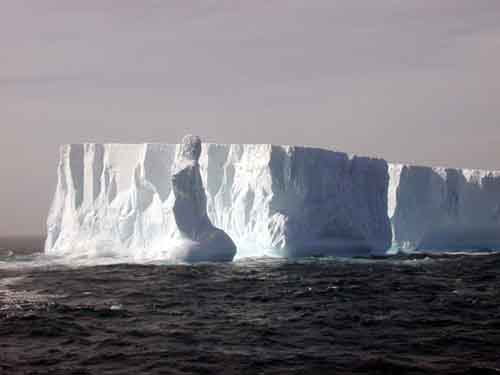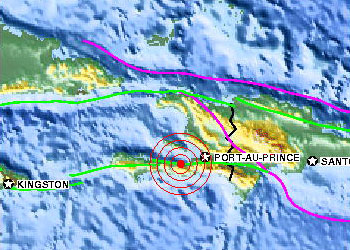Click on image for full size
USFS
Where’s the Woodpecker? Rare Bird Sighted for First Time in 60 Years!
News story originally written on May 2, 2005
The ivory-billed woodpecker has been on the endangered species list, but scientists feared that it was already extinct. It had not been seen for 60 years. But recently people caught sight of the woodpeckers in 2004 and 2005 in eastern Arkansas. Drumming sounds made by the birds have also been heard not far from the location where it was last seen 60 years ago!
These woodpeckers, and about 85 other bird species in North America, make their homes in dead trees. They are called cavity-nesting birds. The numbers of many types of cavity-nesting birds have declined because the trees that they live within are cut down. These trees have often been considered undesirable to people because they are not as beautiful, because they are homes to insect pests, or because they are fire or safety hazards. As a result, in some areas few nesting sites are left for cavity-nesting birds.
Ivory-billed woodpeckers are the largest woodpecker species in North America but they are not easy to spot because they are very shy and prefer to live deep in forests. Now that a few have been spotted, scientists are hopefully that there must be a large breeding population in the forest. The birds only live about 15 years so the recent sightings mean they must be breeding somewhere. It can’t be the same bird that was seen 60 years ago.
"This is huge. Just huge," said Frank Gill, of the Audubon Society. "It is kind of like finding Elvis."
Much of the woodpecker’s habitat, the forests of the Southeast United States, have been destroyed throughout the late 1800’s and first half of the twentieth century. The area of Arkansas where it has been rediscovered, called the Big Woods, was once the largest expanse of forested wetlands in the country. It was once 21 million acres, but today only 4.9 million acres remain, mostly in scattered patches.


